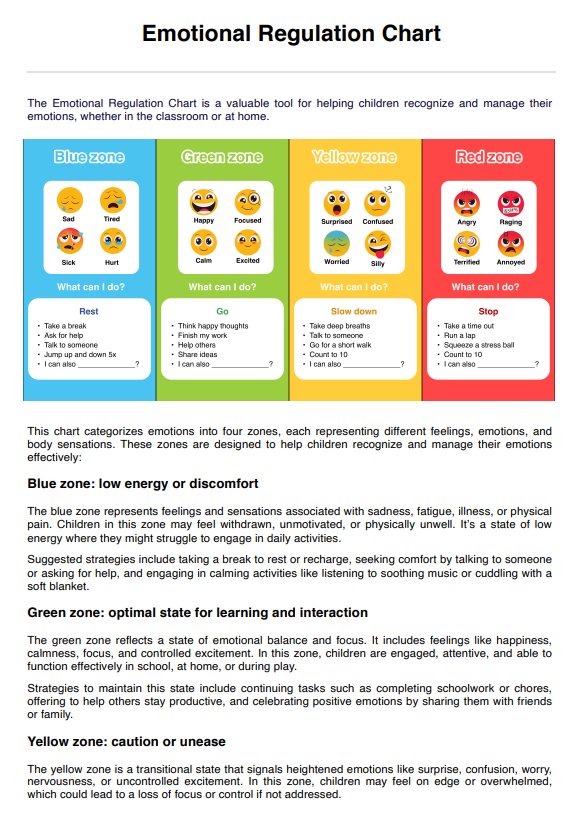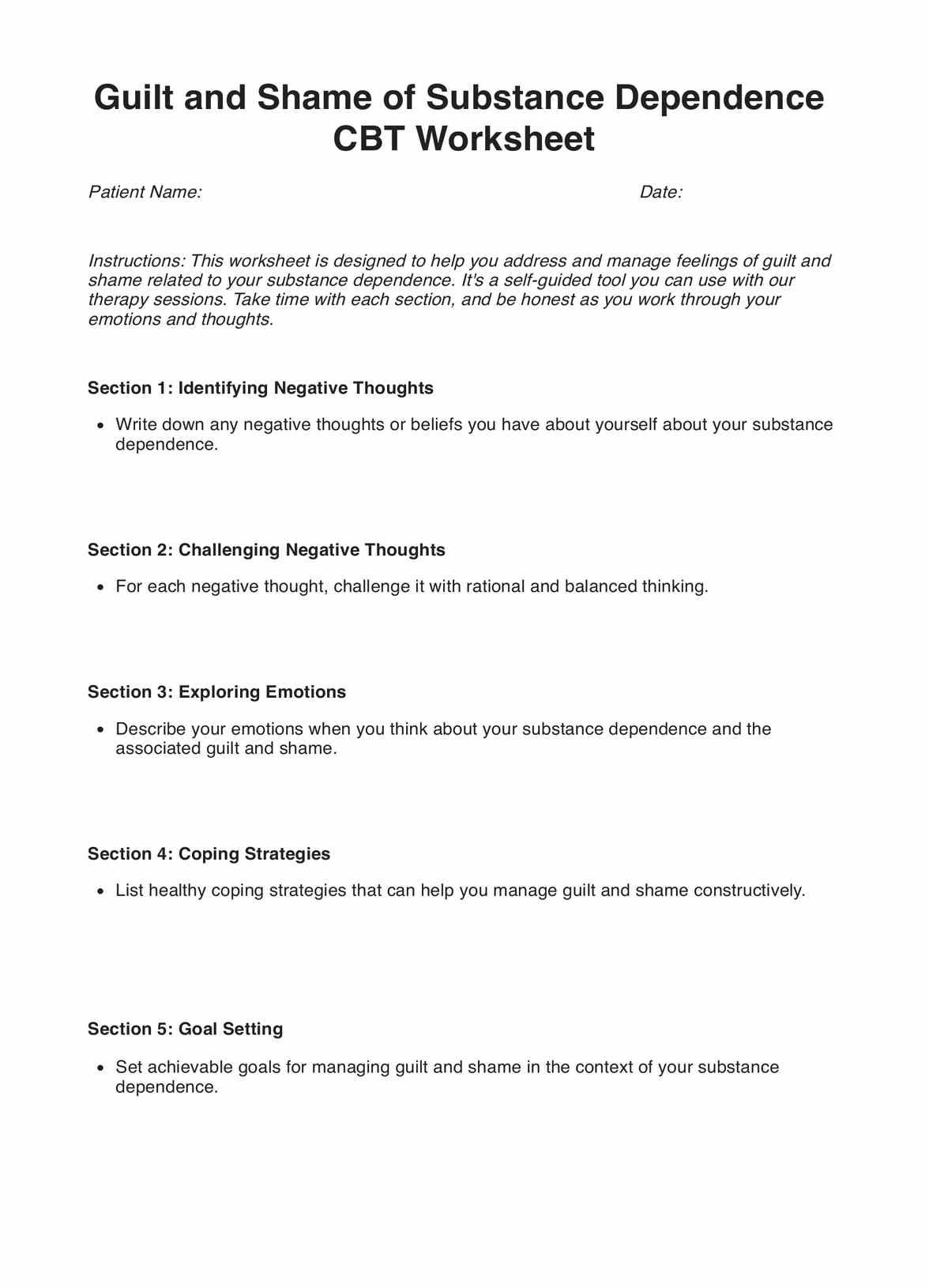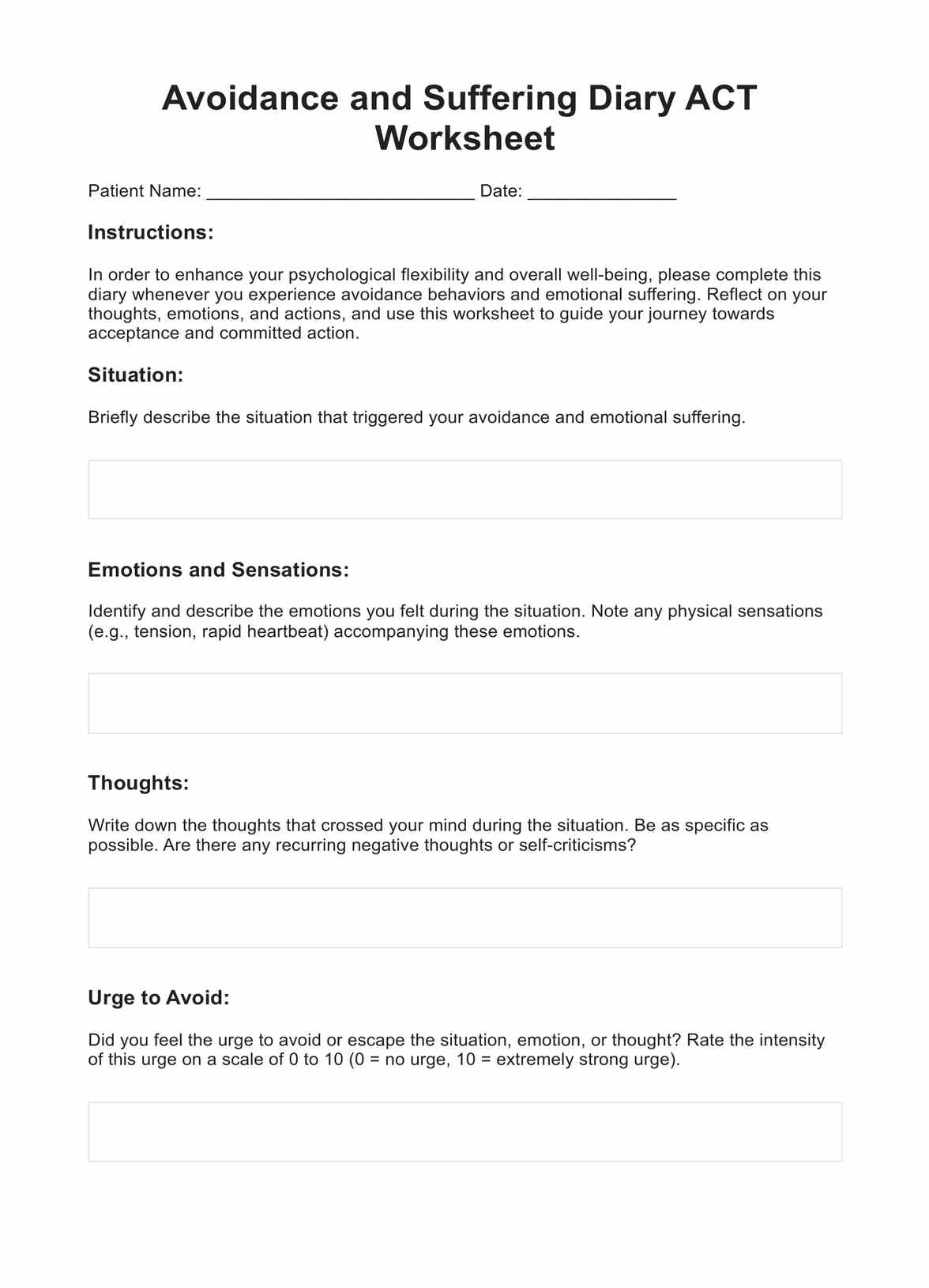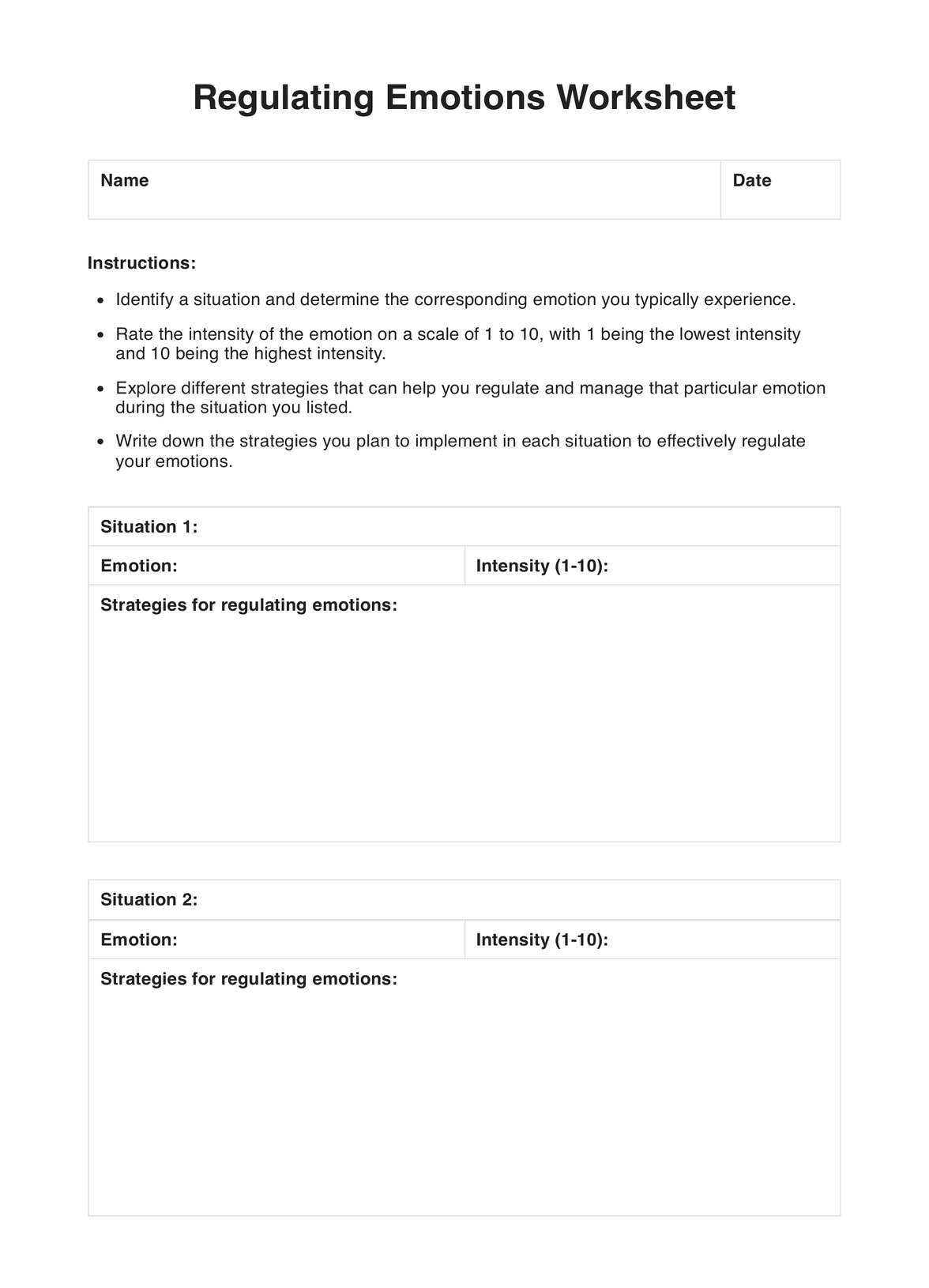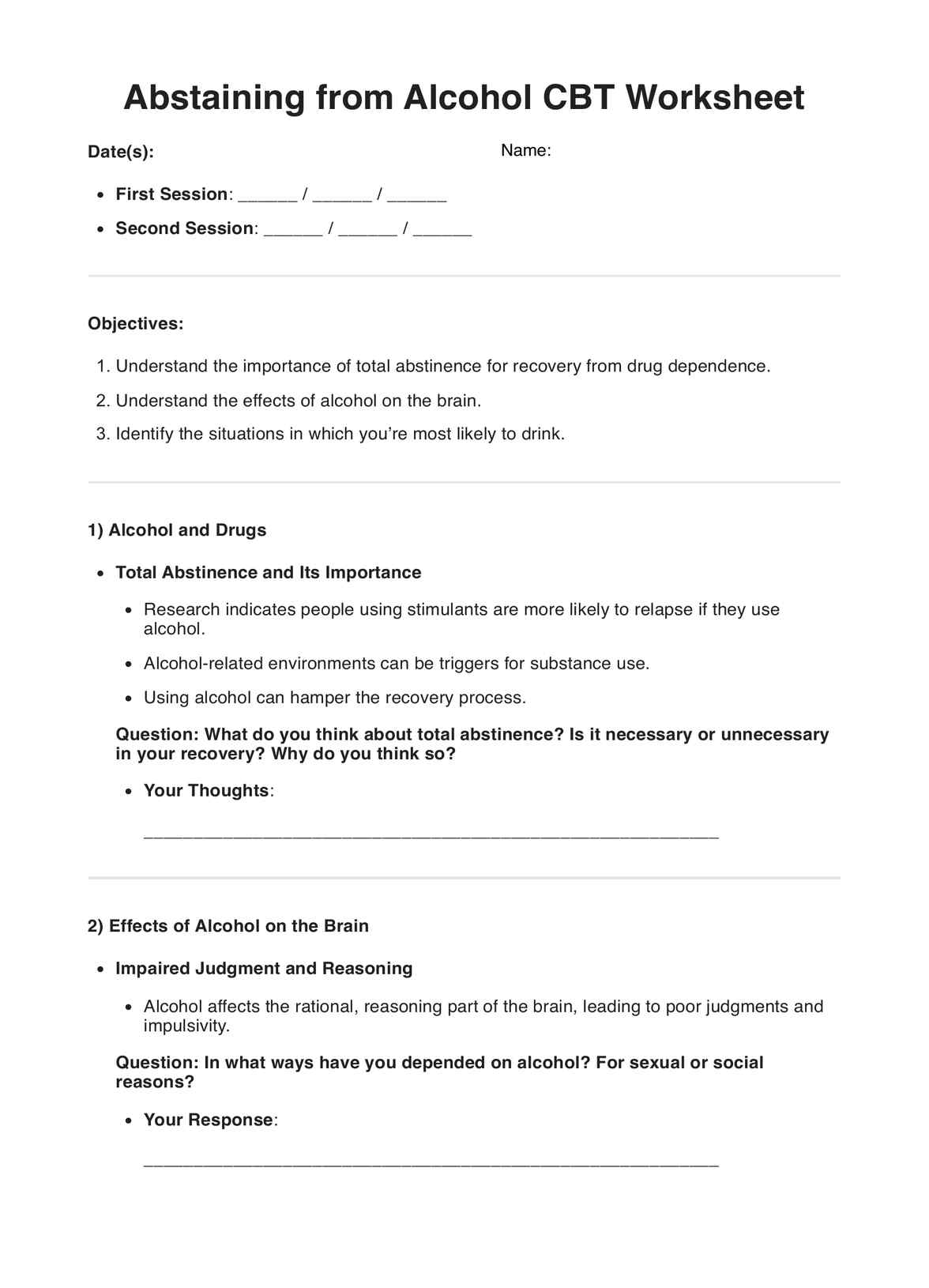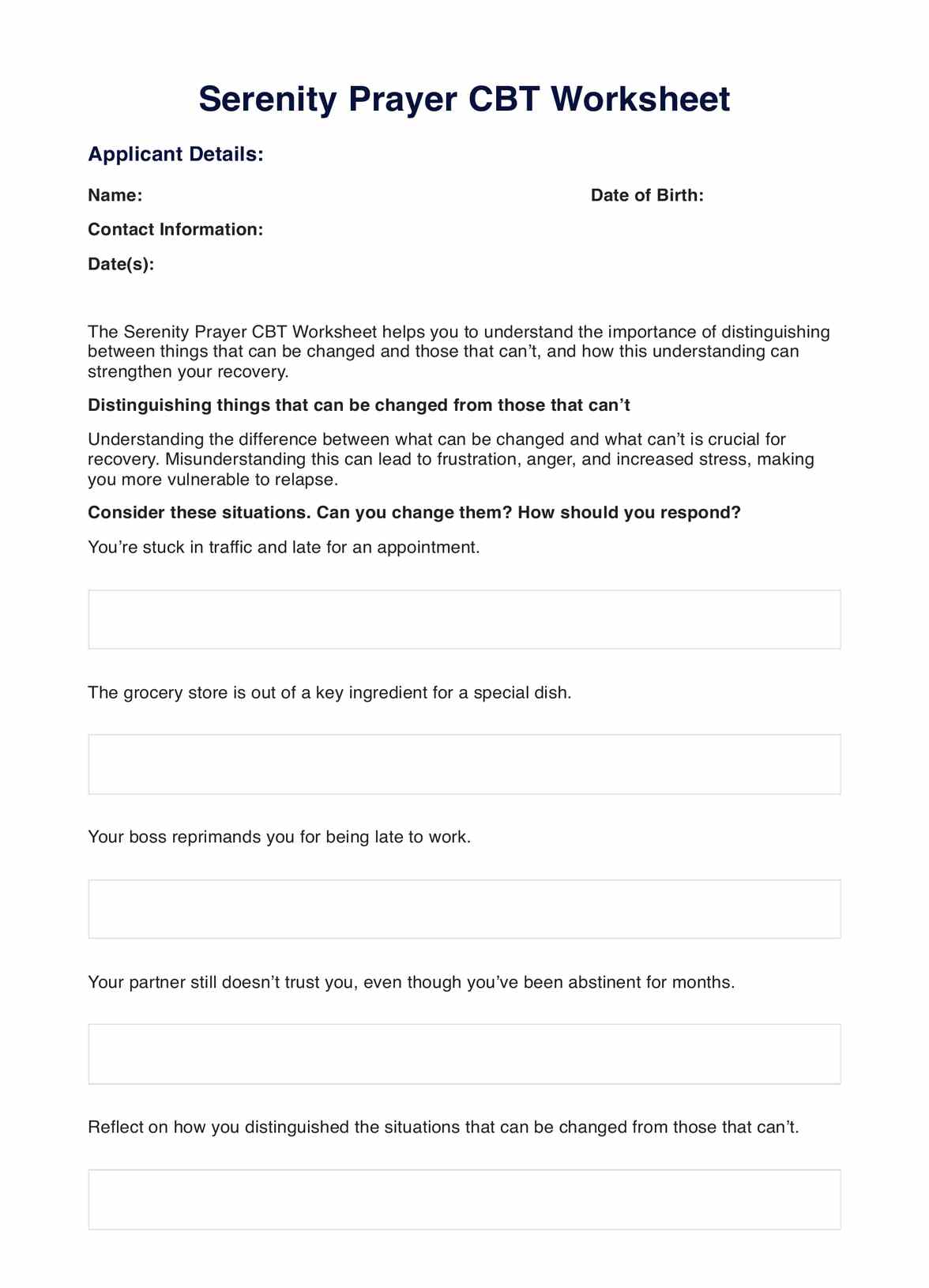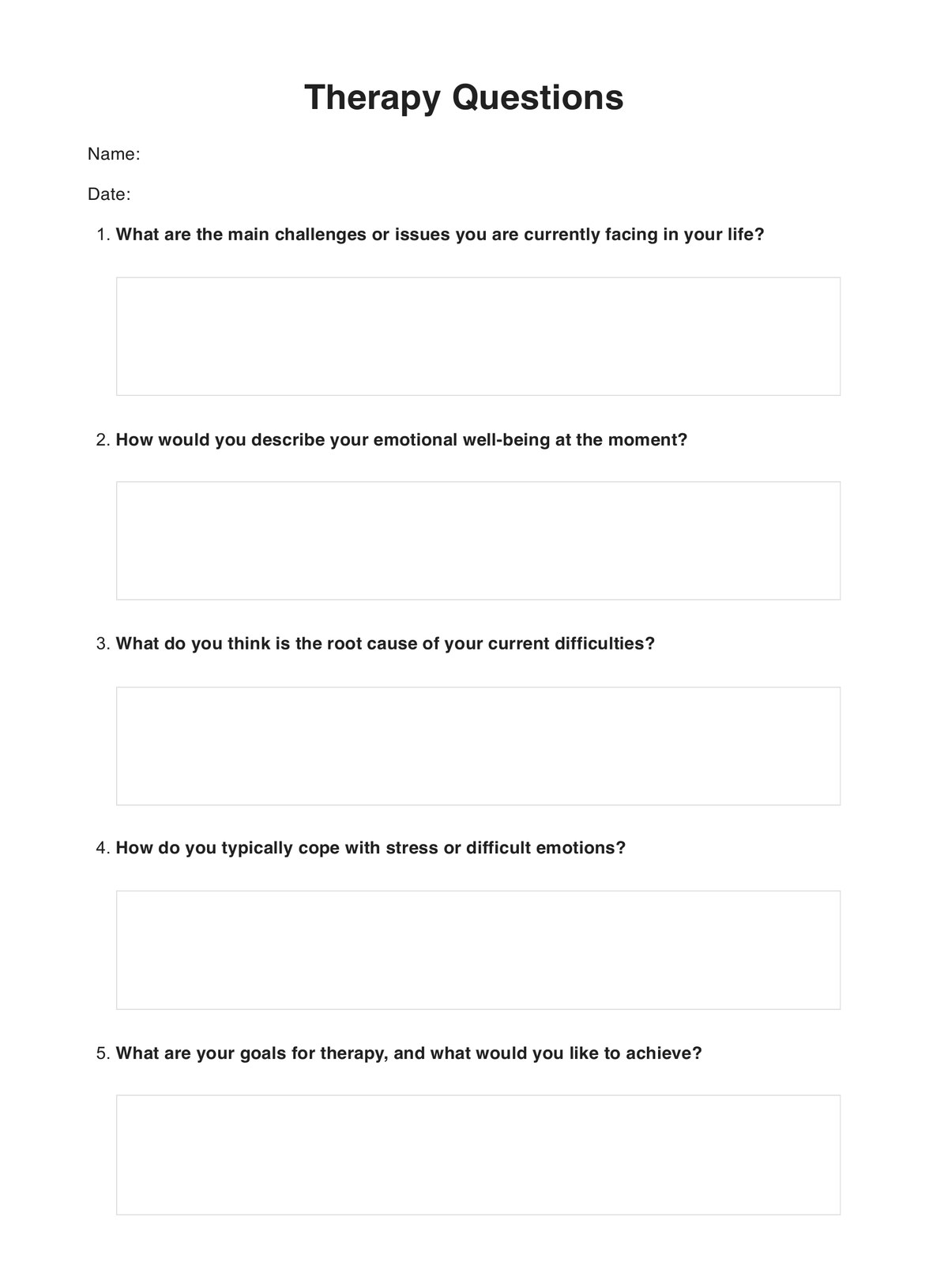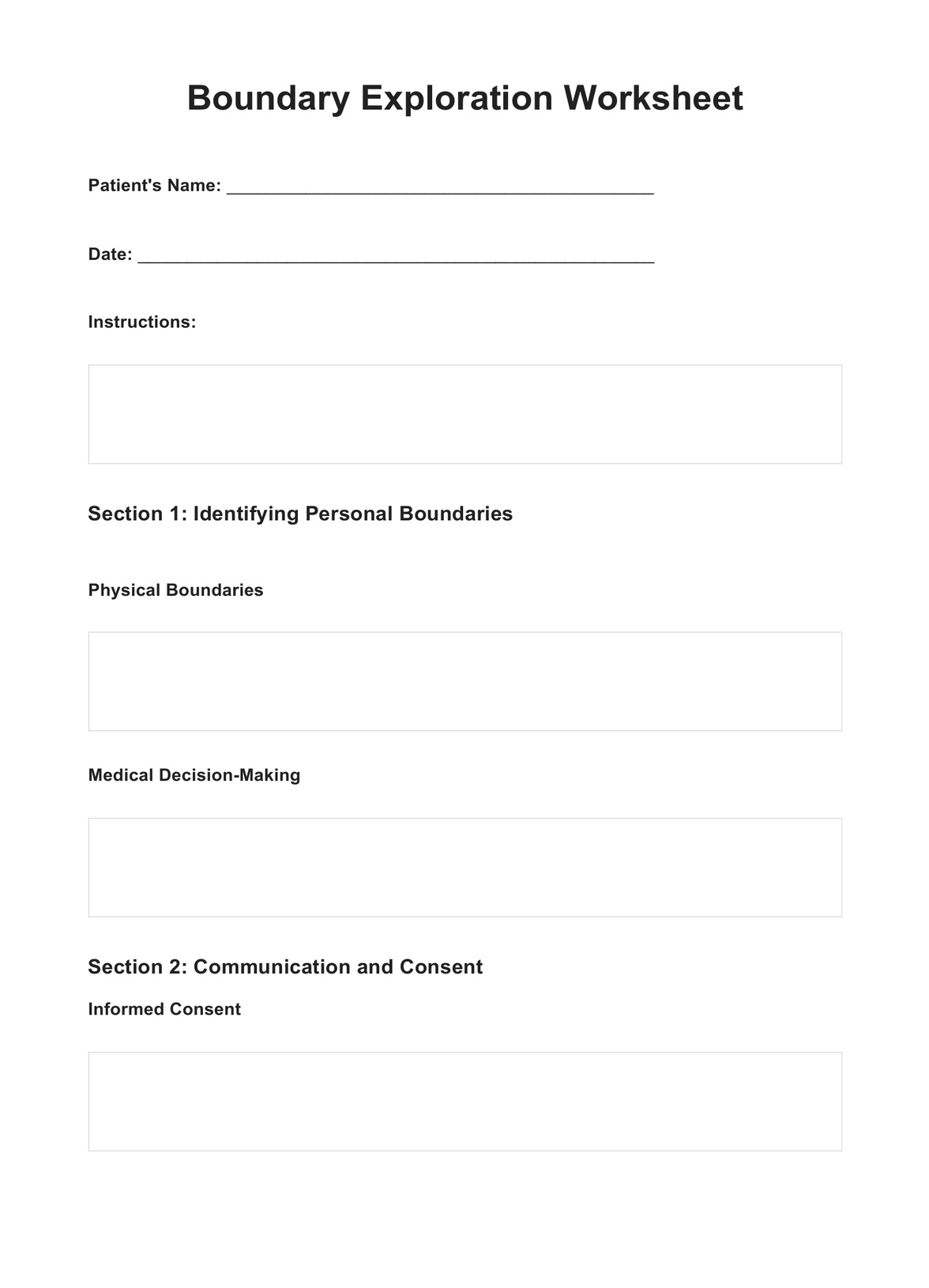Functional Analysis Screening Tool
Issue the Functional Analysis Screening Tool (FAST) to a person reporting on someone suspected of having behavioral problems and have them fill it out. The results should help you determine what directives to give for further investigation.


What is the Functional Analysis Screening Tool?
The , also known as the Functional Assessment Screening Tool, is a type of functional assessment tool that aims to screen a person for potential behavioral problems that they might have.
This particular assessment comes in the form of a report. A certain person, let’s go with Person A, will use this to report someone they suspect of having behavioral problems. We will refer to that person as Person B. They will observe the person over time to check for any consistencies with their behavioral problems and identify the possible factors that cause them to behave in such ways.
The FAST is simply a screening tool, and it relies on observance. Given that, this should never be used to diagnose behavioral problems. It should only be used to get information about Person B. This assessment aims to inform the healthcare professional about Person B’s behavioral patterns and concerns for the professional to determine the different angles and approaches to take for Person A and others to better observe Person B.
As for determining how to treat Person B, that won’t be discussed much here, given that this is a screening tool that relies on observation.
Functional Analysis Screening Tool Template
Functional Analysis Screening Tool Example
How to use the Functional Analysis Screening Tool
As mentioned earlier, this screening tool is meant to be used by Person A. The healthcare practitioner who has this as part of their roster of assessments will issue this to Person A, and Person A will need to fill out the following:
- Clerical information
- Indicate the Client’s full name (Person B)
- Indicate the Informant’s full name (Person A)
- The date that the assessment was accomplished
- Indicate the Interviewer’s full name (the healthcare practitioner who issued the assessment)
- Informant-Client relationship
The informant must fill out a section that indicates their relationship with the client, answering questions like:
- What is your relationship with the client?
- How long have you known the person?
- Do you interact with the person daily?
- In what situations do you usually interact with the person?
- Basic checklist about the client
After answering what the informant’s relationship with the client is, the informant will then answer a series of items about the client, such as:
- What their problematic behaviors are
- How frequently do they exhibit these behaviors
- How severe are these behaviors
- When these behaviors are most likely to occur/least likely to occur
- What usually happens before the behaviors start
- What happens after their behaviors occur
- What their current treatments are (if any)
- Answer a series of Yes or No questions
The last section of this assessment contains a series of questions such as:
- Does the problem behavior occur when the person is not receiving attention or when caregivers are paying attention to someone else?
- Is the person usually well-behaved when (s)he is not required to do anything?
- Does the problem behavior occur even when no one is nearby or watching?
- Does the problem behavior appear to be a form of “self-stimulation?”
- Is the problem behavior more likely to occur when the person is ill?
The informant simply needs to answer Yes, No, or N/A.
How to score the Functional Analysis Screening Tool
Scoring the Functional Analysis Screening Tool is easy because you don’t have to do much. In fact, you will not be calculating anything at all because this doesn’t have score ranges. There are only score designations.
All you need to do is circle the number of questions answered “Yes” and enter the number of items circled in the “Total” column.
The designations are referred to as Potential Sources of Reinforcement:
- Social (attention/preferred items) = Items 1 to 4
- Social (escape from tasks/activities) = Items 5 to 8
- Automatic (sensory stimulation) = Items 9 to 12
- Automatic (pain attenuation) = Items 13 to 16
The higher the number of items answered Yes per designation, the higher the focus should be when it comes to observing. The results can also help healthcare practitioners develop ideas when it comes to providing intervention, but before that, the client should undergo more comprehensive assessments.
When is it best to use the Functional Analysis Screening Tool?
The best time to issue this functional assessment screening tool is, first and foremost, when Person A sets up an appointment with you to discuss the potential problems that Person B might have. During your conversation with Person A, hand this screening tool to them and designate them as the informant. Have them accomplish the assessment.
Once you receive a fully-accomplished copy, you will have to think of possible directives the informant can follow to continue observing Person B. It might even be better to have others help the informant. If they all noticed the same behavioral problems of Person B and are concerned about them, you should provide copies of the screening tool to get a better picture of Person B because it’s possible that your main informant, Person A, might not have noticed everything.
Besides being a screening tool, it’s also a monitoring tool. If you, the healthcare professional, believe that the initial assessments are insufficient, you can reissue this screening tool to continue observing the client and check for consistency. This is so your decisions are better informed when providing observational directives and plans for any interventions or comprehensive examinations that Person B should undergo.
Who can use the Functional Analysis Screening Tool?
Since this functional assessment screening tool focuses on behavioral problems, the following healthcare professionals can use this for their line of work:
- Psychologists
- Psychiatrists
- (Mental Health) Therapists
- Counselors
- Licensed Clinical Social Workers
So long as the professional is highly trained and certified to deal with behavioral problems, they can add this to their roster of assessments. They just need to remember that this is not a diagnostic tool nor should it be the sole assessment they should use when examining a certain person for behavioral problems.
While the aforementioned professionals can use this tool, the people who will engage with this assessment the most are informants reporting on certain people for suspected behavioral problems.
The information they will provide via the screening tool should be used to develop directives to better monitor people with behavioral problems. Then, once enough information has been gathered after several observations, the healthcare professional should plan what to do in terms of how intervention can be provided and what specific evaluations should said people undergo. The results can even determine what other assessments should be used to get a better understanding and picture of particular clients.

What are the benefits of using the Functional Analysis Screening Tool?
It’s an inexpensive tool to use and can be accomplished quickly.
The Functional Analysis Screening Tool does not require healthcare professionals to buy equipment or anything else outside of the tool itself or a pen (if you are issuing this in person).
All that needs to be done is to have Person A (the informant) write down basic information about Person B (the client) regarding their relationship with each other and what Person B’s suspected behavioral problems are. Person A also just needs to answer a few questions as well.
This can be done between five to ten minutes, so long as the informant already knows what to write and what the answers are to the questionnaire.
It’s a good way to monitor patients over time.
Since the goal of this tool is to record observations, it’s also a good monitoring tool. After the initial report, the next logical step is to observe the person a few more times to record any consistencies, what their behavioral triggers are, and identify what happens whenever they exhibit problematic behaviors. This is so the healthcare professional can be better armed with information about the client before making any decisions, especially when interventions or further examinations are in the conversation.
It can lead to early interventions.
Speaking of interventions, if a person’s problematic behavior isn’t exactly too far gone and has only started recently because of certain triggers or factors, then this tool might just help healthcare professionals and their informants work on determining how to endorse the client for interventions to combat these triggers and lessen the number of times that problematic behaviors are exhibited by the client as well as to help them practice healthy coping mechanisms so that the behaviors don’t become destructive to them and others.
By systematically examining triggers, behaviors, and outcomes, therapists can develop effective interventions tailored to individual needs. Explore our functional analysis template and related resources to enhance your therapeutic approach and achieve better outcomes in behavior modification and therapy.
Commonly asked questions
The Florida Center on Self-Injury created the Functional Analysis Screening Tool. The template you can download from us was adapted from the 2005 version of the screening tool.
Because the healthcare professional does not spend time with the client, they can’t exactly see the problematic behaviors unfolding. That’s why the assessment will be used by informants. They will be reporting on someone that they probably see on a daily basis for them to suspect the person of having problematic behaviors.
While there aren’t any particular calculations or directives in the scoring section of the screening tool, there are designations. If the client is consistently scoring the same scores every time they are observed, that should give the healthcare practitioner enough information on what to do next, which will likely be the development of an intervention plan or a comprehensive examination of the client.


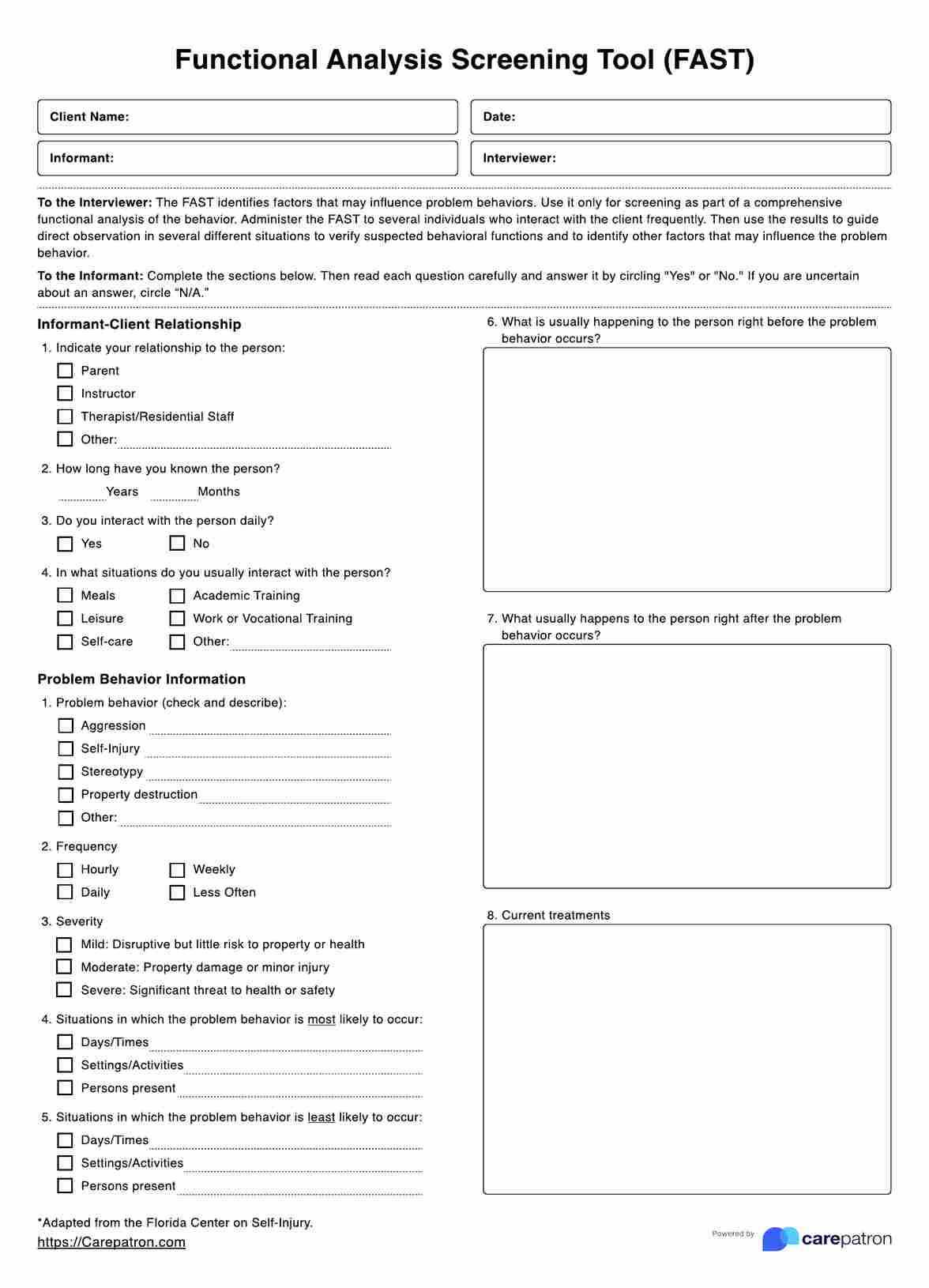
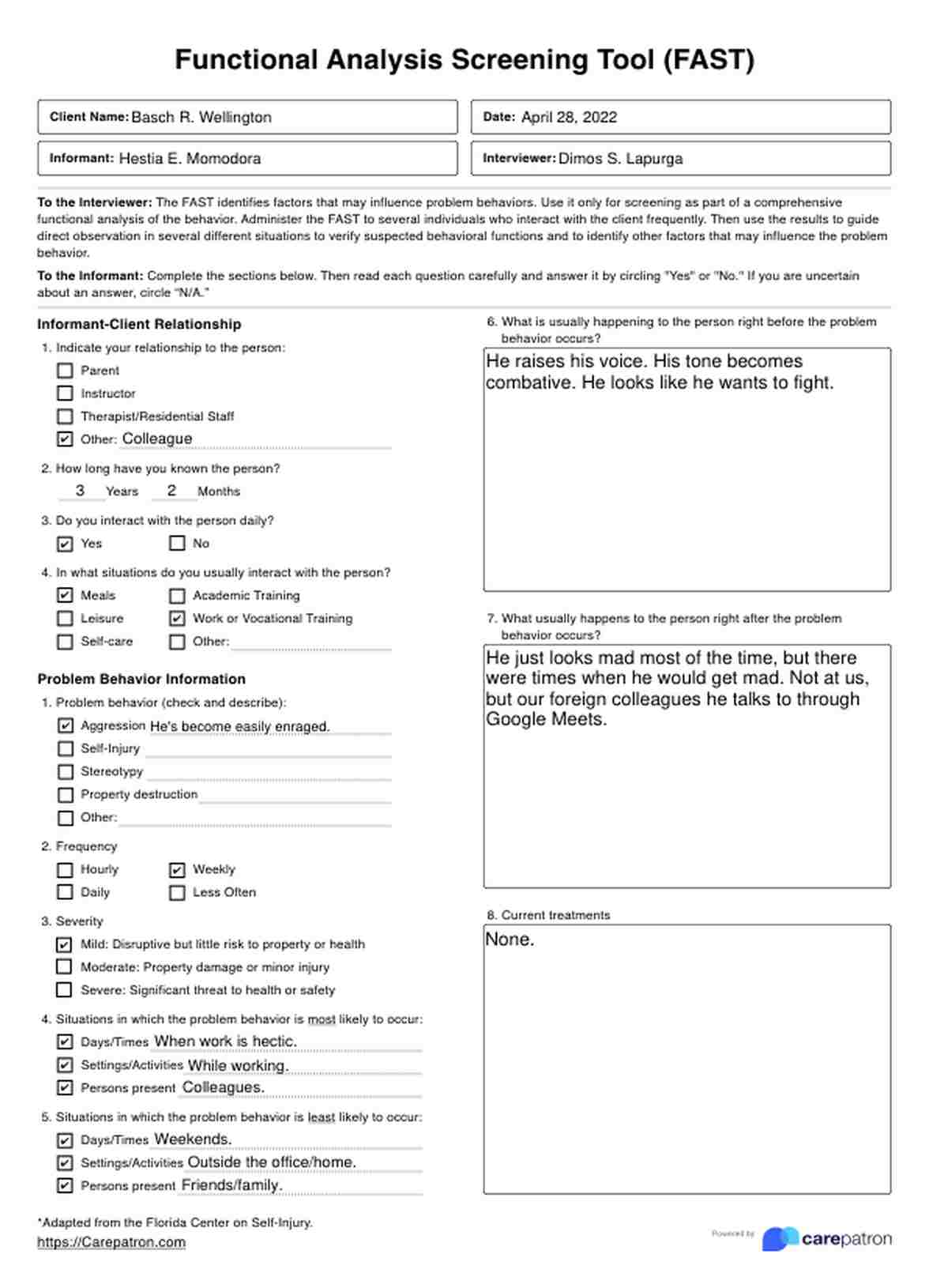


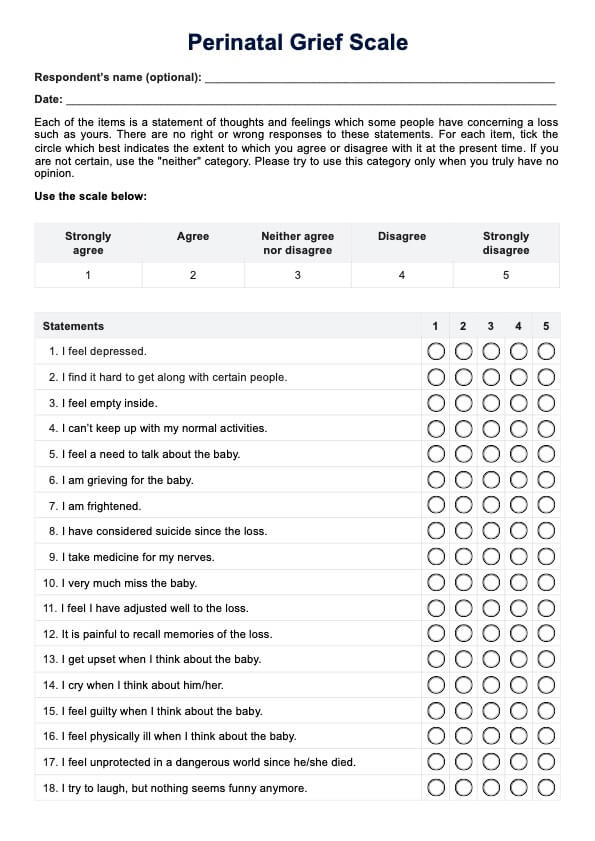
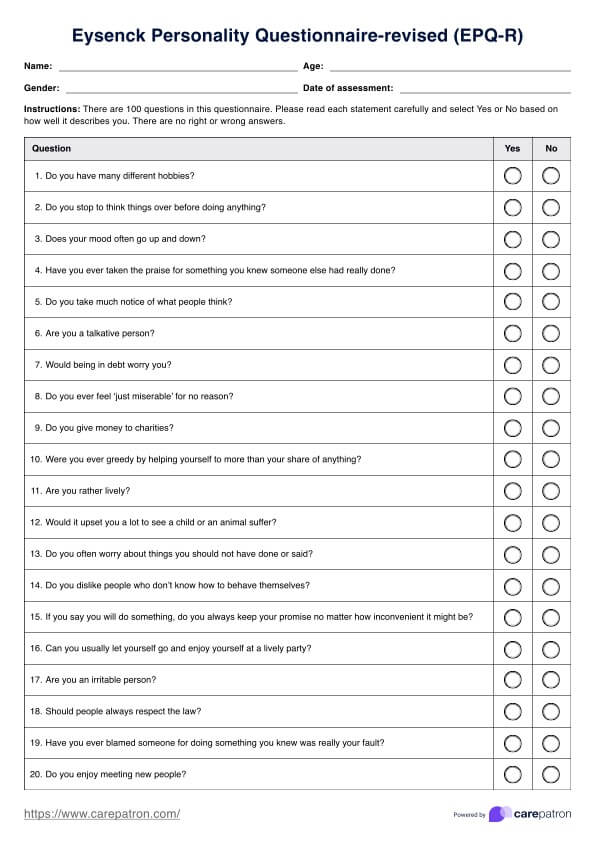










-template.jpg)





